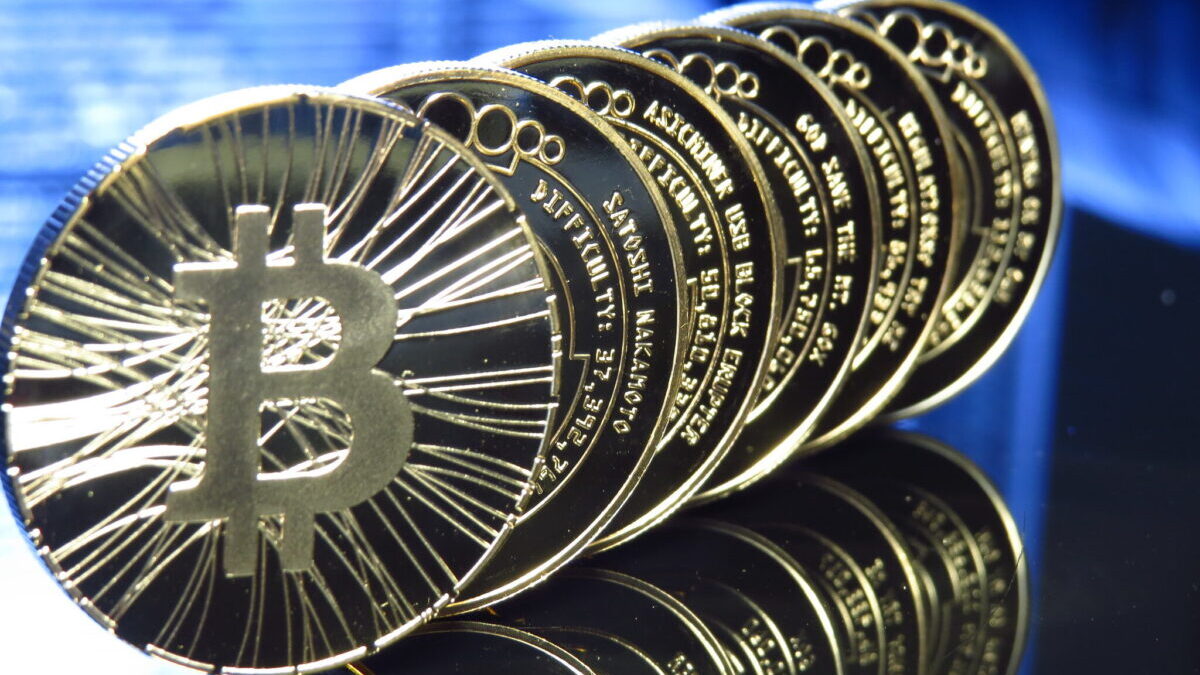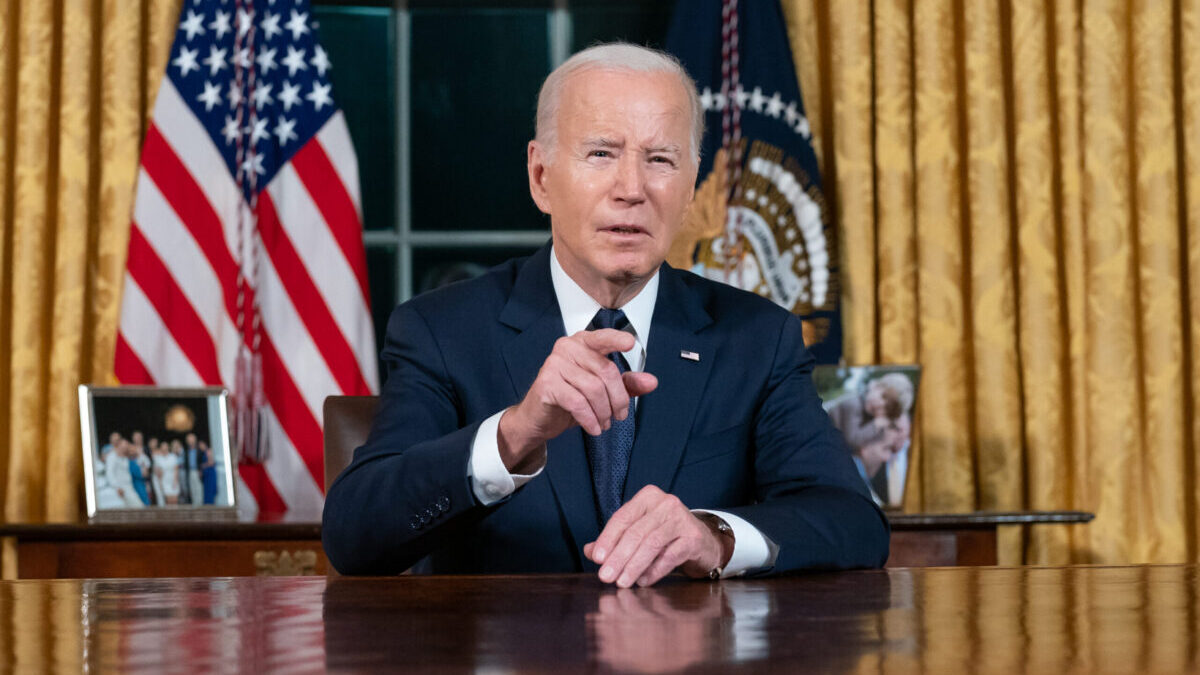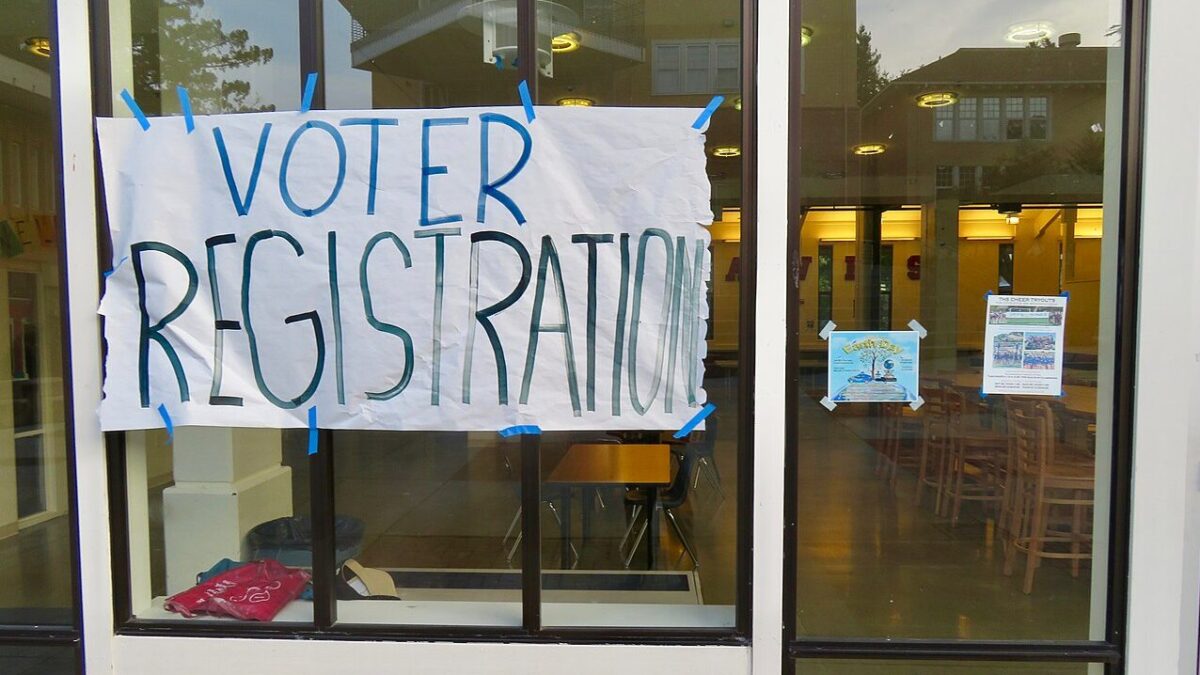On June 18, 2022, the cryptocurrency market crashed. Since then, the market has been steadily recovering as fears of further market failures continue to subside. As decentralized cryptocurrencies surge in popularity, major governments around the world have a growing interest in not losing control of money and are exploring creating their own digital currencies.
One of the biggest benefits that’s been touted about cryptocurrency by conservatives is its decentralized nature and ability to free the financial market from tight government control. But the federal government has historically shown its determination to gain control over new markets, and there’s no reason to expect crypto to be any different.
Several key points in the last century stand out as times where the U.S. government was able to take further control of financial systems. They include the establishment of the Federal Reserve in 1913, the official abandonment of the gold standard in 1971, and the subsequent adoption of fiat currency by the federal government.
A worrisome addition to the U.S. government’s expansion of control would be the establishment of a Central Bank Digital Currency (CBDC), as it would increase the government’s monopoly on the financial market. A CBDC is a government-issued cryptocurrency that runs on blockchain and is managed by the central bank.
Why the Government Might Create Its Own Crypto
In 2009, the first bankless transactional currency, named Bitcoin, was created. Bitcoin was created utilizing a new technology called “blockchain.” Blockchain is a digital ledger that allows for reliable and secure validation of transactions without the need for a third party. For example, when you send money through a bank, that transaction needs to be verified and cleared by the bank in order to be processed. The process of validating transactions through a bank is costly, inefficient, and prone to accounting errors. Blockchain allows for the secure peer-to-peer transfer of cryptocurrency without the need for a bank to validate transactions.
On the surface, this technology may appear to strip the government of its grip on the monetary system, as it takes away the power to control the currency. However, utilizing the same blockchain technology, the U.S. government could issue its own centralized cryptocurrency in the form of a CBDC that capitalizes on the security and efficiency of blockchain technology while keeping the power concentrated in the hands of the federal government.
Since the failures experienced by the cryptocurrency markets in early 2022, the government has placed cryptocurrency regulation near the top of its list. U.S. government officials such as Treasury Secretary Janet Yellen have expressed concerns about cryptocurrency as its highly technical and speculative nature has resulted in the significant loss of retail investor capital to speculative bubbles and scams.
In a speech to American University in Washington, D.C., on risks presented by the rise of cryptocurrency, Yellen stated, “We must be mindful that financial innovation of the past has too often not benefited working families, and has sometimes exacerbated inequality, given rise to illicit finance risks, and increased systemic financial risk.”
Government Interest in More Regulation
In the short run, the U.S. government wants to build a regulatory framework to address many of the risks inherent in the cryptocurrency market today. In the future, it is likely that the U.S. government will build its own centralized blockchain CBDC to address many of the risks associated with cryptocurrency.
If it makes monetary sense for developers to build on a government-run network, then many would abandon decentralized systems in favor of centralized systems. In order for that to be so, the government network needs to be able to compete with decentralized networks by being cheap, fast, secure, and low risk.
One of the major drawbacks to decentralized networks is the general lack of legal protections, which has given rise to many scams resulting in billions of dollars in losses. The most common way investors are scammed in decentralized networks is through a maneuver called a rugpull, where a team behind a cryptocurrency vanishes with investors’ money, leaving investors empty-handed and with little hope of recovering stolen funds. The high-risk nature of using decentralized networks has already turned many investors away from cryptocurrency. Naturally, those with a higher aversion to risk would be incentivized to use a government CBDC as opposed to a decentralized network.
Competing with China
It’s not conspiratorial to assume the U.S. government might attempt to centralize cryptocurrency. Some entities have already issued their own versions of centralized blockchains that the U.S. could follow. Most notably, the Chinese government issued its own version of a CBDC in the form of a digital renminbi that is currently in trial. China has made significant progress on the development of its CBDC in recent years and it is clear that it intends to continue exploring its potential benefits. China hopes that the exploration of CBDCs will help it compete internationally with the U.S. dollar and the euro. If China can develop its CBDC to be cheaper and faster than using the U.S. dollar, then it should be able to steal market share from the U.S. dollar on the international stage.
China’s large-scale testing of the digital renminbi has not gone unnoticed by the U.S. government. Federal Reserve Chairman Jerome Powell has commented on the potential for a U.S. CBDC, saying, “the Federal Reserve is examining whether a U.S. central bank digital currency would improve on an already safe and efficient domestic payments system. As the Fed’s white paper on this topic notes, a U.S. CBDC could also potentially help maintain the dollar’s international standing.” While the Federal Reserve has not made any major moves toward the development of a CBDC, it is carefully observing how CBDC development is going for China. If China can make significant progress toward rolling out an efficient CBDC, then the U.S. government would follow suit to avoid losing ground.
The currency utilized as the government’s CBDC would be a digital representation of the U.S. dollar. The Federal Reserve would maintain all of its ability to control the U.S. dollar while ensuring its security by only allowing selected officials to have access to the network and approve or edit transactions. Infiltrating the network would have to be done via an inside job, and any actions conducted on the network that are out of place would likely be spotted and terminated.
Central Bank Digital Currency Would Empower Government
As it stands, major governments already have significant control over citizens’ money. In Canada, Prime Minister Justin Trudeau was able to close down the bank accounts of participants in the recent trucker protest to force their dispersal. However, a CBDC would enable the federal government to centralize itself like never before.








